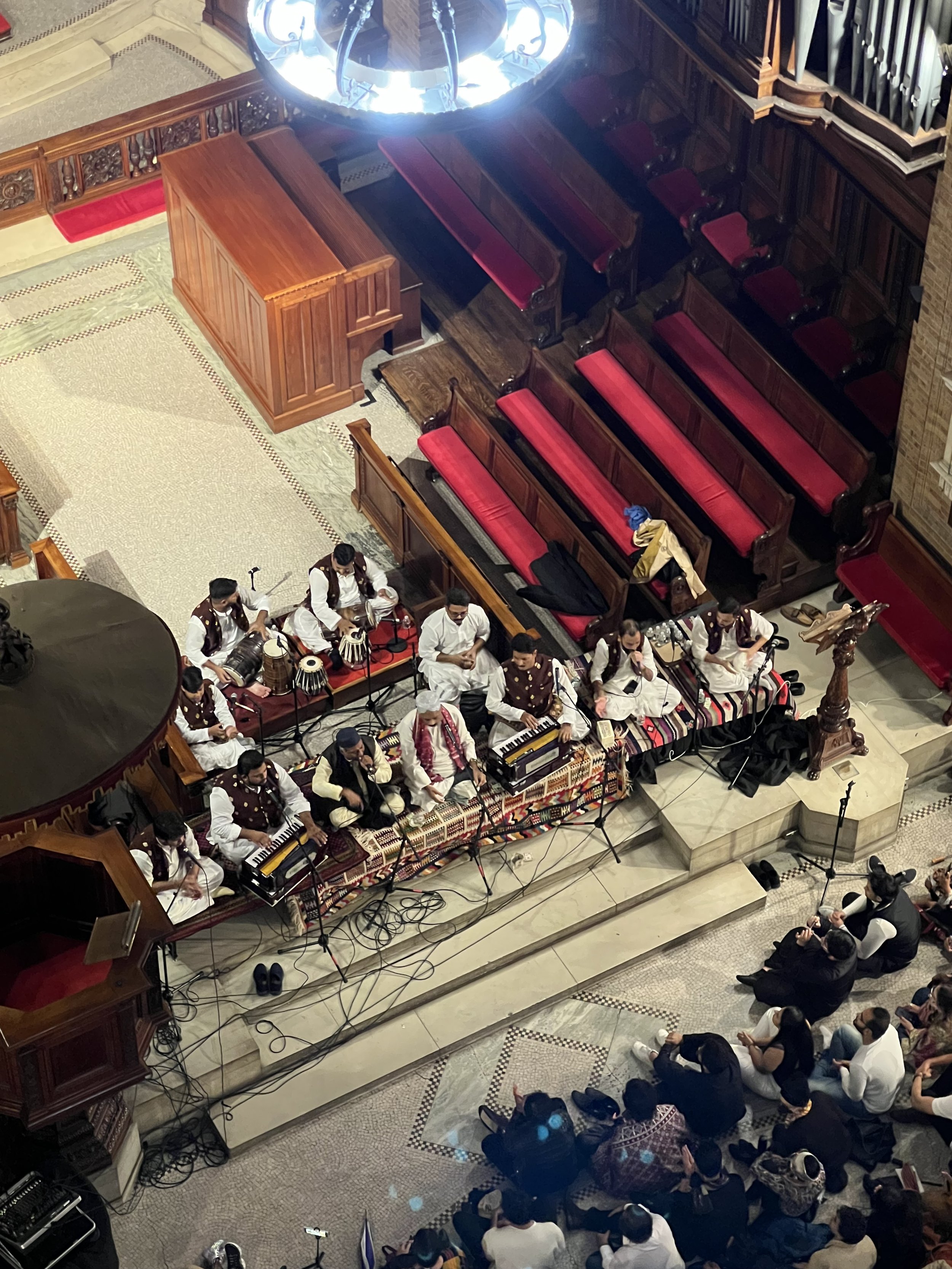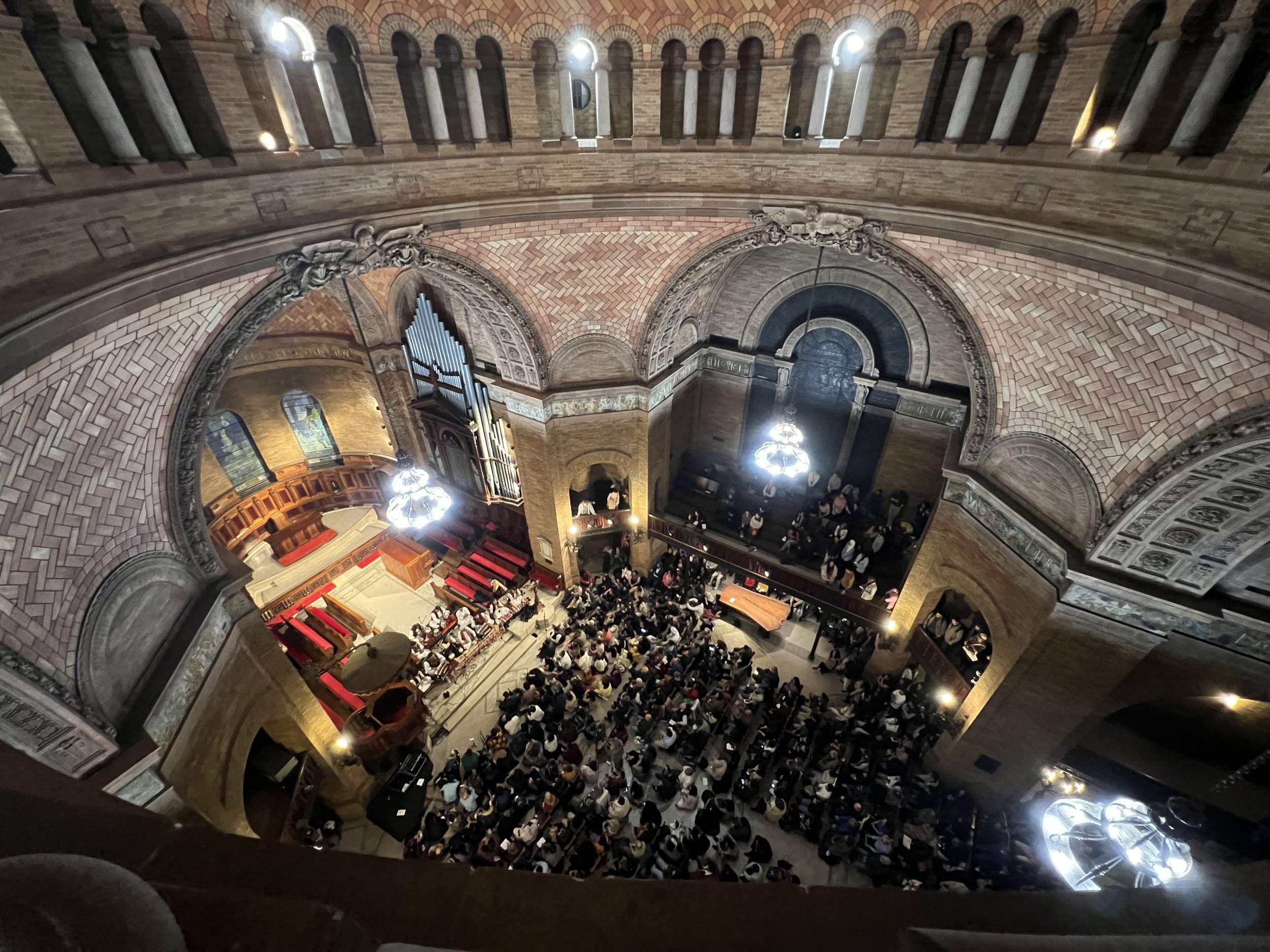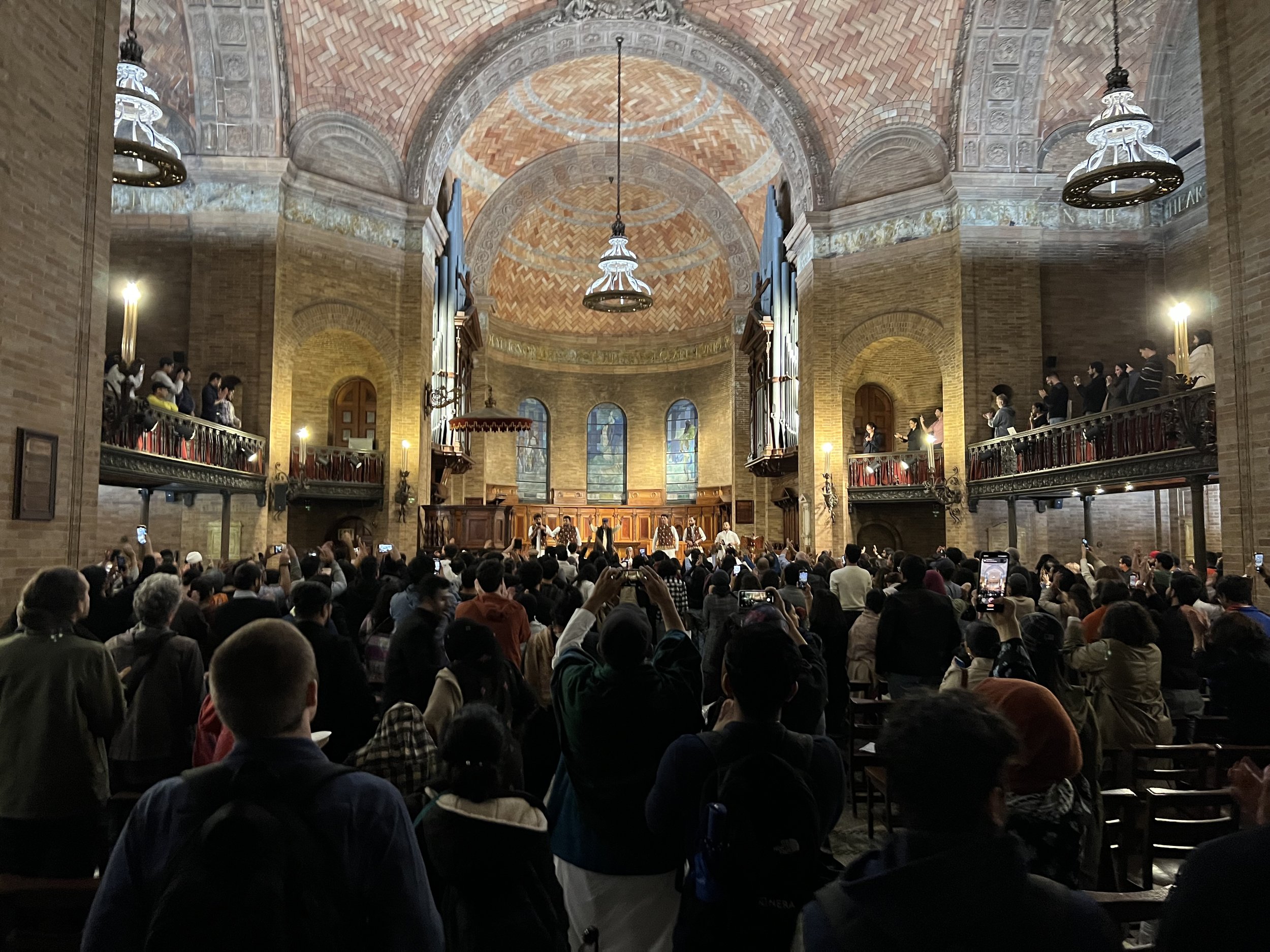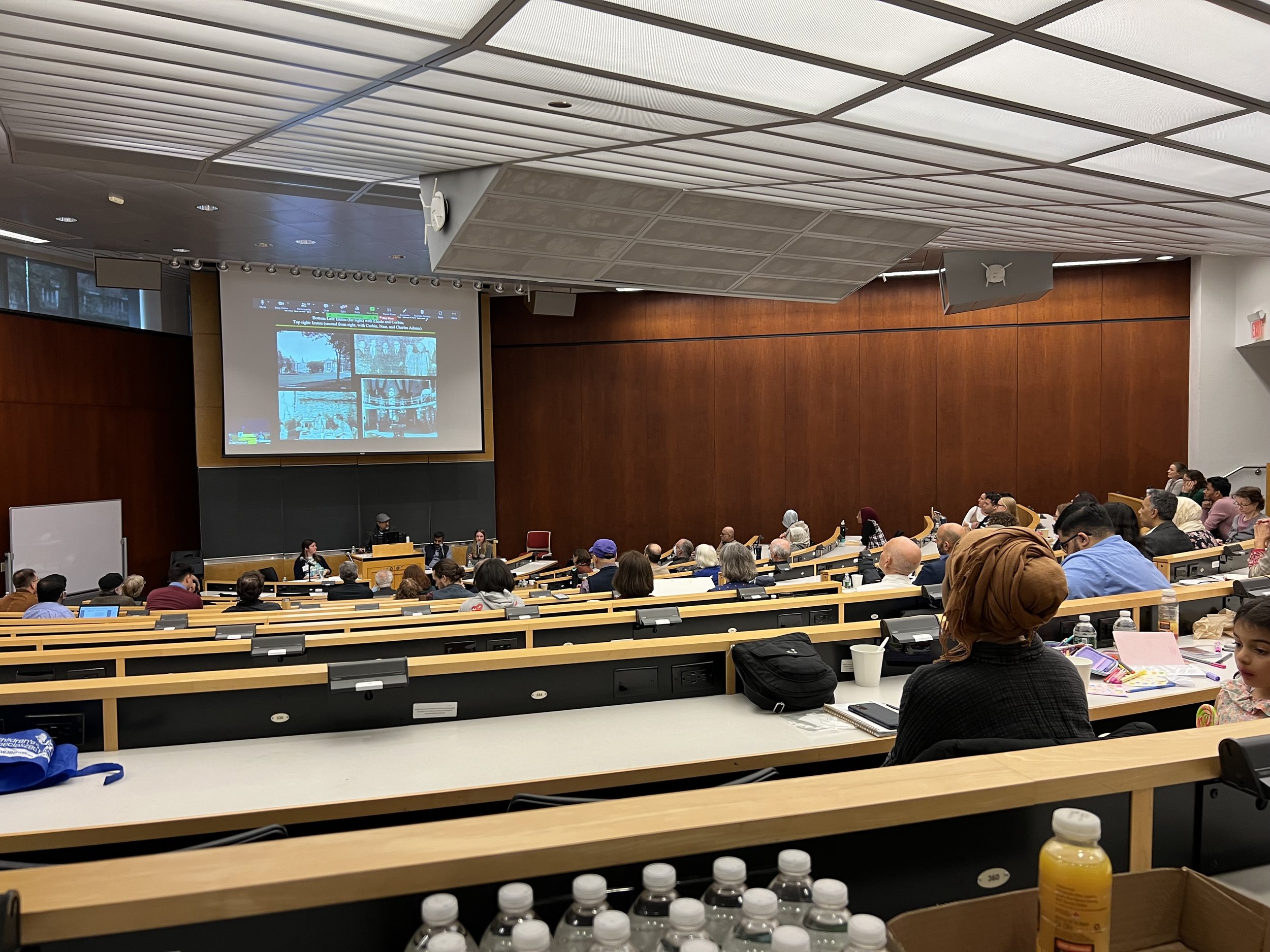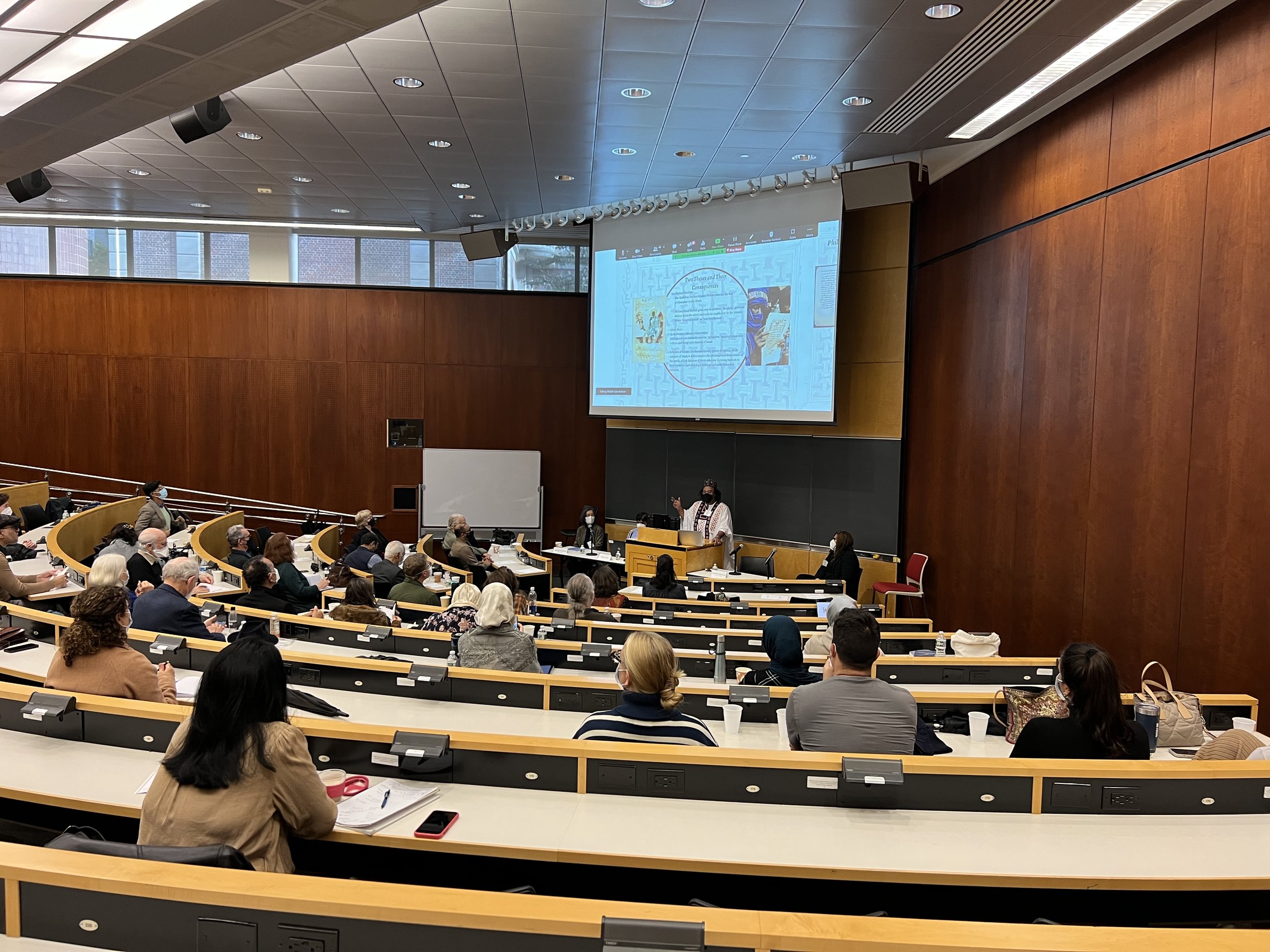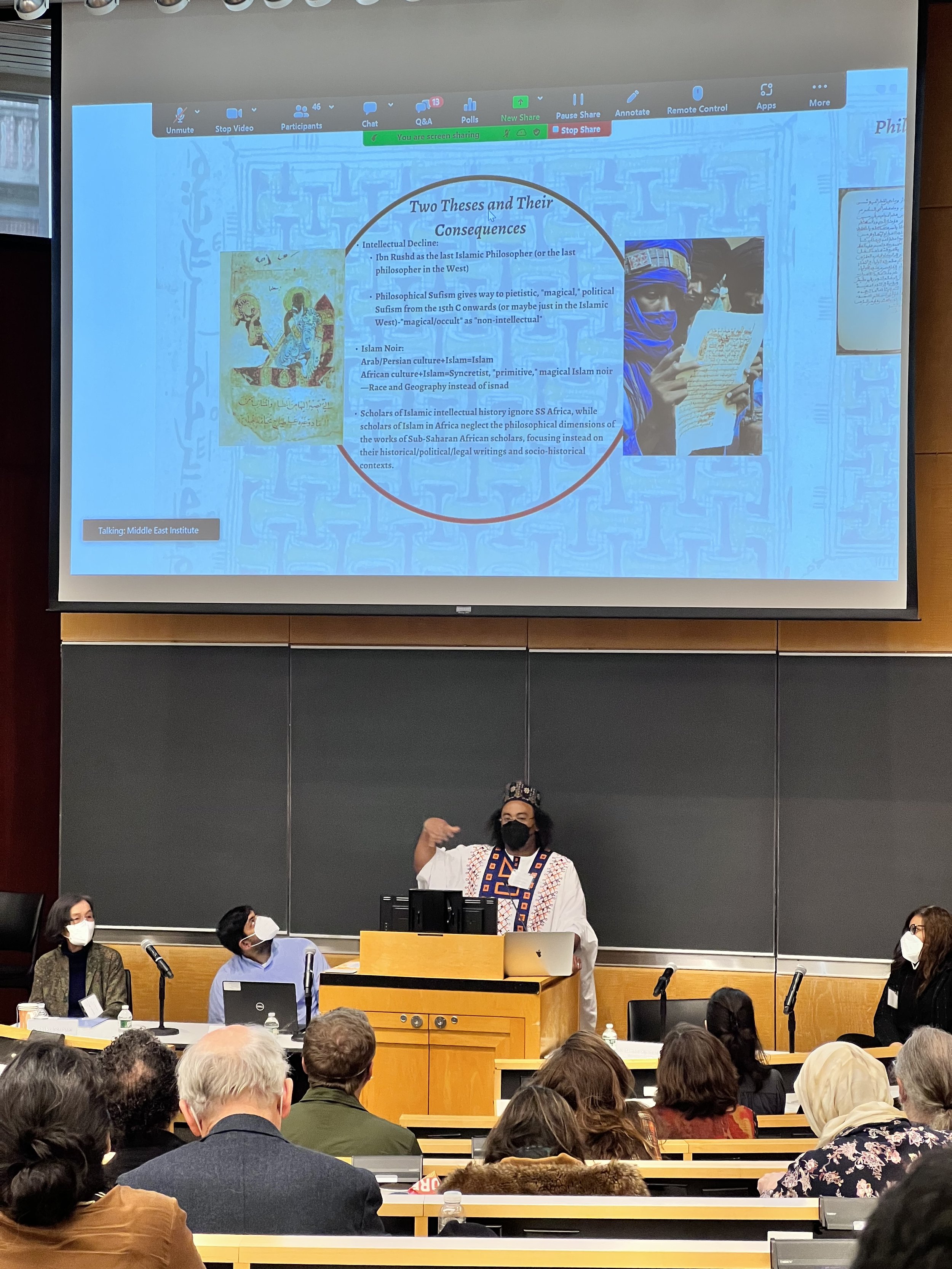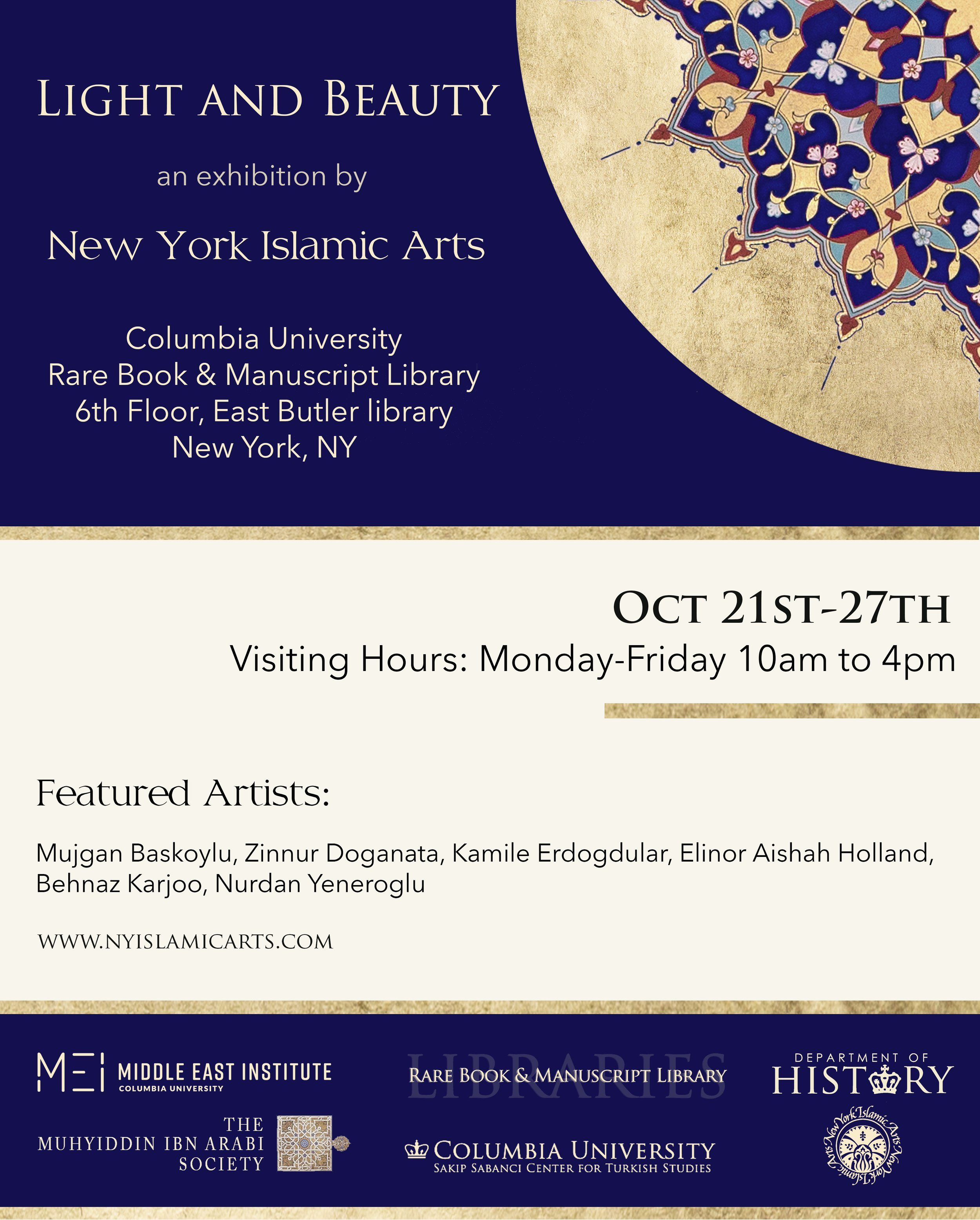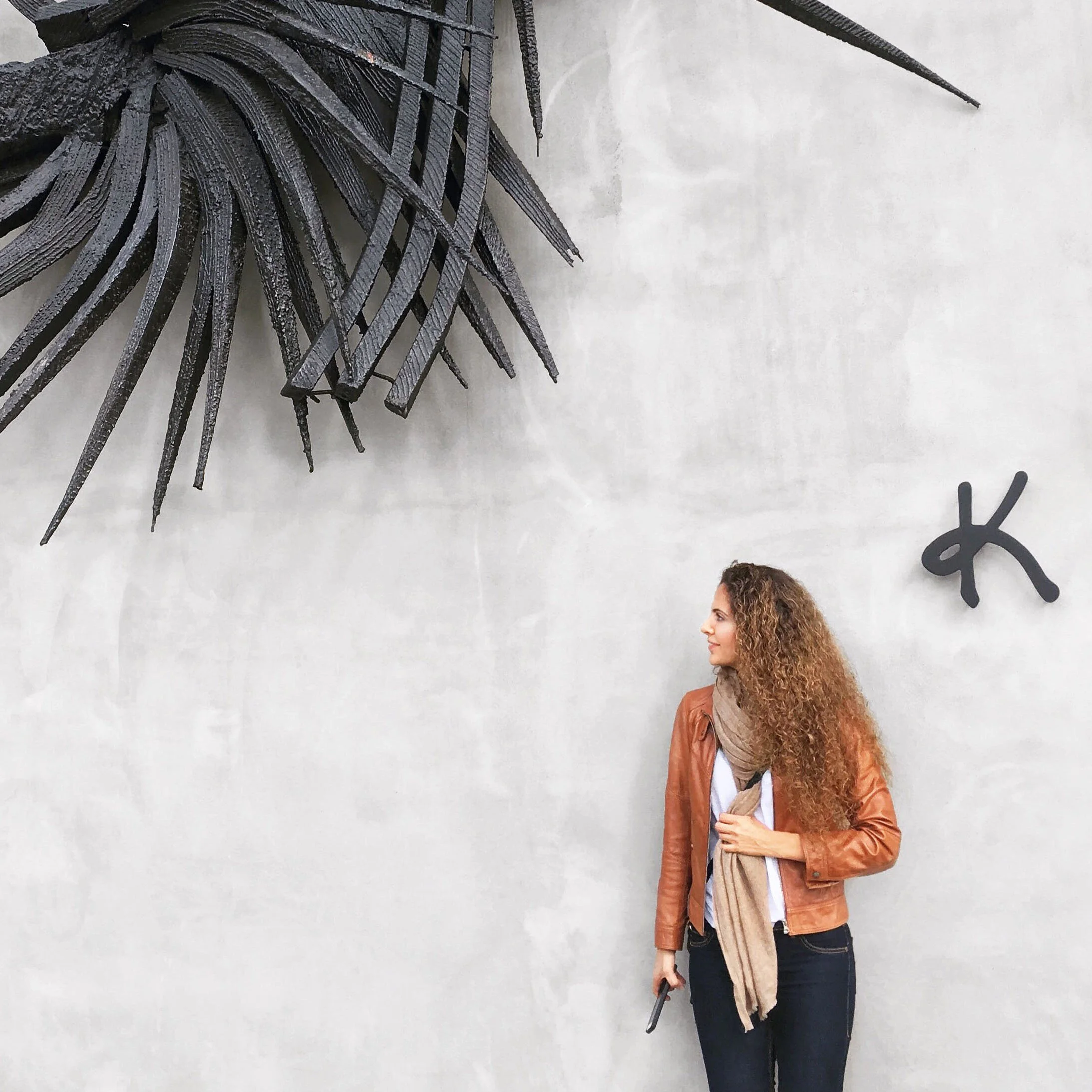A Snapshot | Translated Desires: Translation, Ibn al-Arabi, and the Multi-Lingual Islamic Past
Columbia University, Oct. 20-21, 2023
We have compiled an audio-visual roundup of the event - including concert footage and panel recordings - as well as an interview with a featured artist.
Farid Ayaz & Abu Muhammad Qawwal Group
Columbia University 10.20.23
Conference Recordings
Columbia University10.21.23
About the Speakers
William C. Chittick - Stony Brook University | William Chittick is currently Distinguished Professor in the Department of Asian and Asian American Studies at Stony Brook University. Chittick is author and translator of thirty books and more than one hundred seventy five articles on Islamic thought, Sufism, Shi’ism, and Persian literature. He is best known for his work on Rumi and Ibn ʿArabī , and has written extensively on the school of Ibn ʿArabīi, Islamic philosophy, and Islamic cosmology.
Sachiko Murata - Stony Brook University | Sachiko Murata is a scholar of comparative philosophy and mysticism and a professor of religion and Asian studies at Stony Brook University. Murata has published many scholarly articles and a number of books which explore the interrelationships between Islamic and East Asian thought, especially in the writings of the Huiru, “the Muslim Confucianists,” who wrote numerous tracts in Chinese from the seventeenth through the nineteenth centuries. Murata has been the director of Japanese Studies at SUNY Stony Brook since its founding in 1990 and regularly teaches Introduction to Japanese Studies, Japanese Buddhism, Feminine Spirituality in World Religions, and Islam and Confucianism.
Rosabel Ansari - Stony Brook University | Rosabel Ansari is Assistant Professor of Philosophy at Stony Brook University. She specializes in Graeco-Arabic and Islamic philosophy, with an emphasis on the philosophy of language and metaphysics.
Amer Latif - Emerson College | Amer Latif is Associate Professor of Religion at the Marlboro Institute for Liberal Arts and Interdisciplinary Studies at Emerson College. His research areas include Sufism, comparative religion, and translation studies.
Kazuyo Murata - King’s College London | Kazuyo Murata is Senior Lecturer in Islamic Studies at King’s College London. She specializes in pre-modern Sufism in the Persianate world as well as the thematic and conceptual study of Muslim thought.
Shankar Nair - University of Virginia | Shankar Nair is Associate Professor of Religious Studies at the University of Virginia. His research interests include Sufism and Islamic philosophy; Quranic exegesis; Hindu philosophy and theology; Hindu-Muslim interactions in South Asia; Arabic, Persian, and Sanskrit literatures; and the general intellectual history of the Indian subcontinent.
Oludamini Ogunnaike - University of Virginia | Oludamini Ogunnaike is Associate Professor of African Religious Thought and Democracy at the University of Virginia. He specializes in Sufism and Yoruba religious traditions in West Africa, particularly their intellectual and aesthetic dimensions, as well as cross-cultural and decolonial philosophy.
Atif Khalil - University of Lethbridge | Atif Khalil is Associate Professor of Religious Studies at the University of Lethbridge. He specializes in Sufism, Islamic philosophy, and Islamic theology.
Maria Dakake - George Mason University | Maria Massi Dakake is Associate Professor of Religious Studies at George Mason University. Her research interests are in the fields of Quranic studies, Shiʿi thought, Sufism, and female approaches to religion.
Marlene Dubois - Suffolk Community College | Marlene DuBois is Professor of English at the State University of New York at Suffolk County Community College. Her research interests are in comparative religion, Sufism, and mythic narratives.
Mohammed Rustom - Carleton University | Mohammed Rustom is Professor of Islamic Thought at Carleton University and Director of the Carleton Centre for the Study of Islam. He specializes in Islamic philosophy, Sufism, Quranic exegesis, and cross-cultural philosophy.
Learn more about the book here
The conference served as an extension of the discussions taking place in the new book, Islamic Thought and the Art of Translation (Brill, 2023). Islamic Thought and the Art of Translation honors two of the most beloved and productive scholars in the field of Islamic Studies, Professors William Chittick and Sachiko Murata. For the past five decades, in over 40 books (monographs, editions, translations, edited volumes) and more than 300 articles, Professors Chittick and Murata have presented us with philologically sound and analytically rigorous expositions of the pre-modern Islamic intellectual tradition, particularly in the areas of Sufism and philosophy. They have done so primarily by zeroing in on the technical vocabularies of Arabic, Persian, and Chinese texts in these disciplines, demonstrating just how important careful reading and responsible translation methods are to the study of pre-modern worldviews.
“Light and Beauty” by New York Islamic Arts.
Exhibition and conference opening reception, 10.20.2023.
An Interview with Behnaz Karjoo, one of the illumination artists featured in exhibit, “Light and Beauty,” by New York Islamic Arts
Behnaz Karjoo, featured artist. www.behnazkarjoo.com
— What served as inspiration for the piece, "Light Of Wisdom"? It was commissioned for an edited volume, "Islamic Thought and the Art of Translation: Texts and Studies in Honor of William C. Chittick and Sachiko Murata." How did you connect the piece to the themes of the book?
Over the years, the writings of William Chittick have been a profound source of inspiration, significantly influencing my spiritual journey. Receiving a commission to create the book cover for a book in honor of william C. Chittick and Sachiko Murata was a great honor. When provided with the book’s layout and color details, I immediately envisioned a shamse design. Circular designs, known as shamse in illumination, bear the resemblance to the sun’s rays, symbolizing light radiating from the center which represents the divine. The design serves as a visually compelling representation of the transformative power that the light of wisdom can hold in our lives.
— You created "Light Of Wisdom" with 24 kt gold, 23 kt pasted yellow gold, lapis lazuli, cinnabar, and copper oxide natural pigments. What do you enjoy most about working with precious materials?
Working with these precious materials is a pleasure for me, not just due to their aesthetic appeal but also their rich historical tradition and profound inner symbolism. Precious materials like gold, platinum, lapis lazuli, and turquoise have an inherent beauty that is hard to match. Their natural luster and vibrancy enhance the visual appeal and elegance of the artwork. The use of these materials has a long history in the book arts.
Each of these materials conveys its unique symbolism. For example, gold and platinum embody divine light, while lapis lazuli and turquoise both symbolize the heavens. Lapis, signifying the boundless night sky, represents divine mercy and concealed luminosity, whereas turquoise captures the spirit of the daytime sky, symbolizing the potential for a fresh start and new opportunities. Such symbolism enriches the artwork with layers of significance, and depth of meaning.
— The conference, "Translated Desires: Translation, Ibn al-'Arabi, and the Multilingual Islamic Past," explored how devotion may be transformed and re-understood across language, time, and geography. How does the art of illumination connect you to the past? How has the genre evolved today?
As part of our traditional arts training, we delve into studying and recreating ancient manuscripts. This involves investigating the manuscripts’ history, including the text, who commissioned it, materials, colors, place of creation, the artist involved, the techniques used in its creation, but most importantly the story behind the piece.
“Light Of Wisdom” by Behnaz Karjoo
24 kt gold, 23 kt pasted yellow gold, lapis lazuli, cinnabar, and copper oxide natural pigments on handmade wasli paper, 14” x 14” unframed
While illumination art originated as a book art, it has evolved into a standalone art. It is common nowadays to see tazhib without text.
— Do you see illumination as another language, so to speak, of worship? If so, how?
The goal of all Islamic art is to reflect the divine light and beauty. Illumination art is a sacred art which began as an adornment to the words of the Quran. And as with any sacred art it has to be approached with humility and a God centric perspective.
In some ways it resembles worship. The meticulous processes of creating the repetitive patterns are similar to repetitive mantra meditation such as the dhikr of the Sufis.
The focus required to bring each detail to life, the patience demanded by the intricate techniques, and the dedication to the long hours in the studio contribute to a meditative and contemplative state. Especially when illuminating a Quranic text. I often contemplate on the meaning before and throughout the process. Each stroke, each layer of pigment, and each delicate detail becomes a form of prayer, a way to engage with and manifest the sacred ideas embedded in the artwork. It's not just about creating a visually stunning piece; it's about infusing each stroke with a sense of reverence and spirituality.

